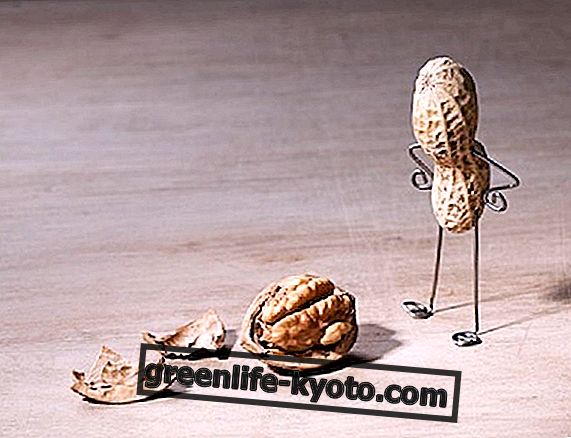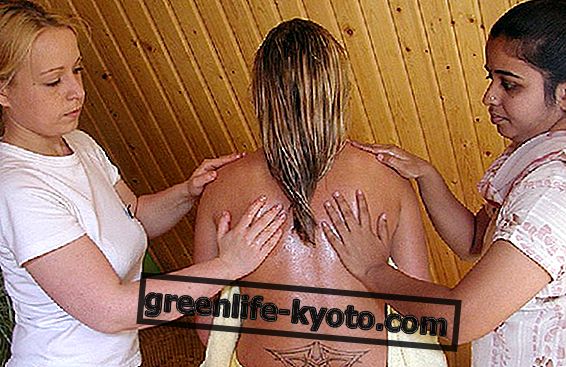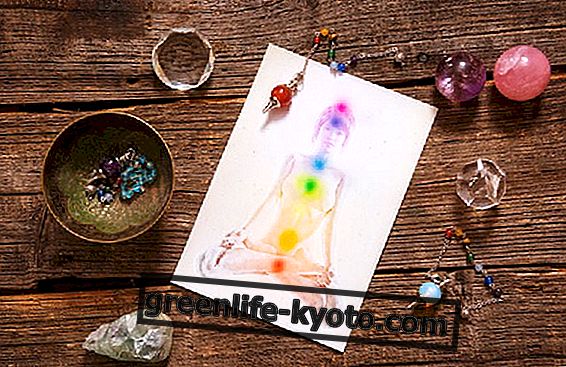
In the Meliaceae family we find the tree called neem (Azadirachta indica), a native of the Idian subcontinent (meaning with this expression eight states: India, Nepal, Buthan, Pakistan, Maldives, Sri Lanka, Bangladesh and Myanmar) but easily adaptable to countries with a subtropical climate.
It is an evergreen that can reach 25 meters at full maturity, it blooms with groups of tiny fragrant white flowers to then produce fruits similar to small bright yellow olives, containing a seed from which the precious neem oil is extracted .
We talk about the neem already in the ancient texts of Hindu mythology, and its uses in traditional medicine are exterminated.
Over time, its cultivation and use have also taken hold of the entire Middle East and Africa, also due to its importance in agriculture as a repellent for pests harmful to plantations, and for its ease in growing arid and semi-desert environments.
The properties of the Neem
Among the local names, translated from Sanskrit, we have "What keeps diseases away", "The pharmacy of the village" and "Kill the disease": why does the neem have this reputation?
Roots, bark, latex, buds, leaves, fruits, seeds, oil: all of the neem is a real medicine .
In a short list its properties are:
- protective skin;
- strengthening of weak hair ;
- antibacterial and antifungal, properties always important at subtropical latitudes;
- detoxifying and antibacterial : especially neem paste is excellent for resolving scalp and epidermis problems in general;
- anti-inflammatory and antimicrobial, excellent against infections, ulcers, ulcers; in fact it is also a good gastroprotective, thanks to the richness of vitamin E and various fatty acids;
- exfoliating and detoxifying, revealing itself therefore perfect for anti-aging treatments.
Add to these properties the antipyretic, anti-arthritic, hypoglycemic, spermicidal, diuretic, antimalarial, antitumor, immunomodulator ; it is known for its ability to rebalance the levels of bile, to recover eyesight after problem in the eyes, to fight intestinal parasites, to support therapies against anorexia, to alleviate pain in the urinary tract, to reduce fevers too much high.
Neem-based products
The neem-based products are also innumerable, one for each case and problem the neem is able to cure or alleviate.
First of all neem oil , a product with a thousand functions, rich in omega 6 and omega 9, vegetable steroids and triterpenoids with marked pharmacological properties.
Ineligible are products based on neem powder, to be mixed with water in different proportions based on the health problems to be combated.
There are also many hair products: shampoos, conditioners, creams, gels, masks, oils and more. There is no shortage of neem oral hygiene products: toothpastes, pastes, products for watering and gargle.
Natural neem-based sprays and repellents to keep insects away are a must, as are incenses, candles and soaps that make the skin surface not agreeable to mosquitoes.
Then we go on to the nfusi, the herbal teas and decoctions of selected and dried neem leaves : the strong and bitter taste is well compensated by the numerous benefits. Finally we have the very large list of medicines, syrups, pills and tablets of neem, for which it is necessary to consult a doctor, a herbalist or a naturopath.
Neem oil for dandruff: here's how to use it
Neem: a little chemistry
The compounds with medicinal powers recognized by the pharmaceutical industry and discovered within the neem are almost 200 . These include nimbine, nimbinina, nimbidine ; all responsible for the anti-inflammatory, antibacterial, antifungal, antimicrobial and anti-parasitic properties.
Azadiractina, thanks to modern analyzes carried out by chromoscopy, we know to be the main origin of the repellent properties of insects that so much interest agriculture, and that biologic ache that which still makes use of synthetic chemistry.
The numerous phenolic compounds, the various alkaloids present, the terpenoids and their various derivatives, recognized and divided into 16 different groups, have demonstrated a particularly high antioxidant power, normally five times higher than the common products recommended for their antioxidant power.
Increasingly updated studies on the biochemical compounds present in the different parts of the neem tree increase the interest of medical science towards this plant, as it is possible to substitute natural of numerous synthetic medicines.












